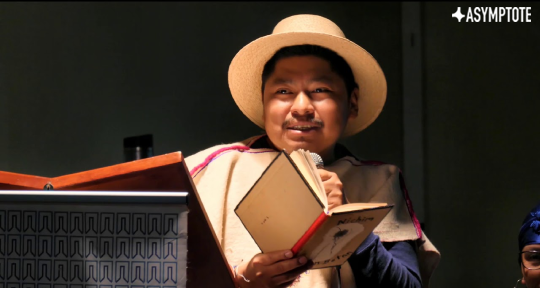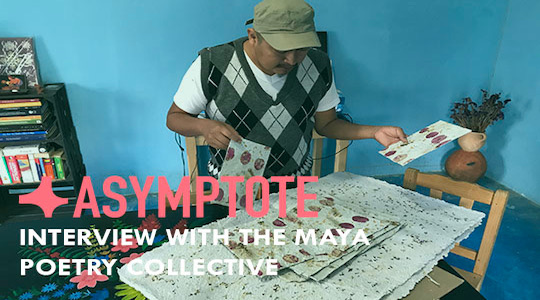Tsotsil is a Mayan language spoken by the indigenous Tsotsil Maya people in the Mexican state of Chiapas and it is in danger of extinction. When writer and translator Shyal Bhandari went to the state for several months to investigate contemporary indigenous poetry, he quickly discovered the poet Xun Betan, who has been fighting hard to keep the language alive in literature. In this essay, Bhandari recounts his meeting with Xun Betan and introduces the pivotal work he has been doing through his writing, publishing, and workshops.
Over the few months that I was in San Cristóbal de las Casas in Mexico, I heard the name Xun Betan brought up plenty of times whenever I asked about contemporary indigenous poetry. “Tienes que hablar con él”—they told me I had to talk with him and that he is involved in many interesting projects, including a poetry workshop for young Tsotsil Maya writers that he runs at his house in the city. They informed me that he is a “unique individual” (in the best sense of the term), almost always to be found wearing traditionally embroidered shirts and his trademark sombrero.
So, when I saw a man dressed exactly like that, smiling and nodding along at the launch event for an indigenous poetry anthology, I thought, “Could that be Xun?” The spokesperson from the editorial Espejo Somos gave him a shout-out, confirming my hunch. At the end of the event, I swiftly approached him about the possibility of sitting down to talk and, to my delight, he suggested coffee the following morning. Anxious to make a good first impression, I arrived punctually, against my nature. I found a well-lit table in the centre of the café and ordered a cappuccino made with pinole (ground-up corn). By the time I had finished my coffee, it was 11:20 a.m. and Xun was yet to show. I was hardly surprised. So, it had to be that at the exact moment I resigned myself to the sobering thought that he had completely forgotten about our meeting, he walked through the door. Naturally, I told him I had only just arrived, hoping he wouldn’t pay much attention to the empty coffee cup beside me. It turned out that we have friends in common. I don’t care if it’s a cliché—the world is a very small place indeed. READ MORE…



